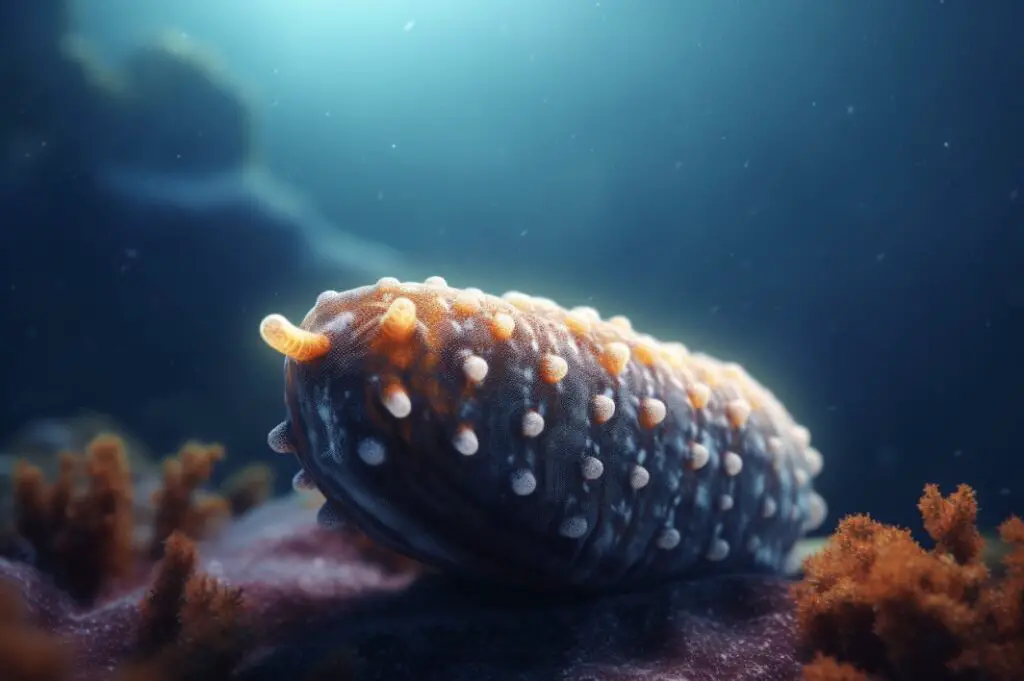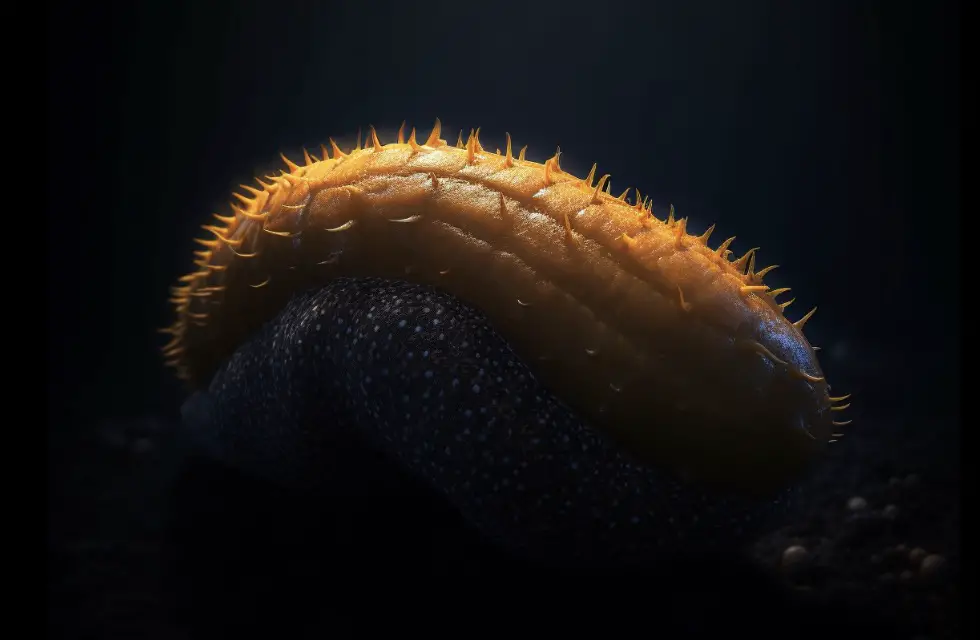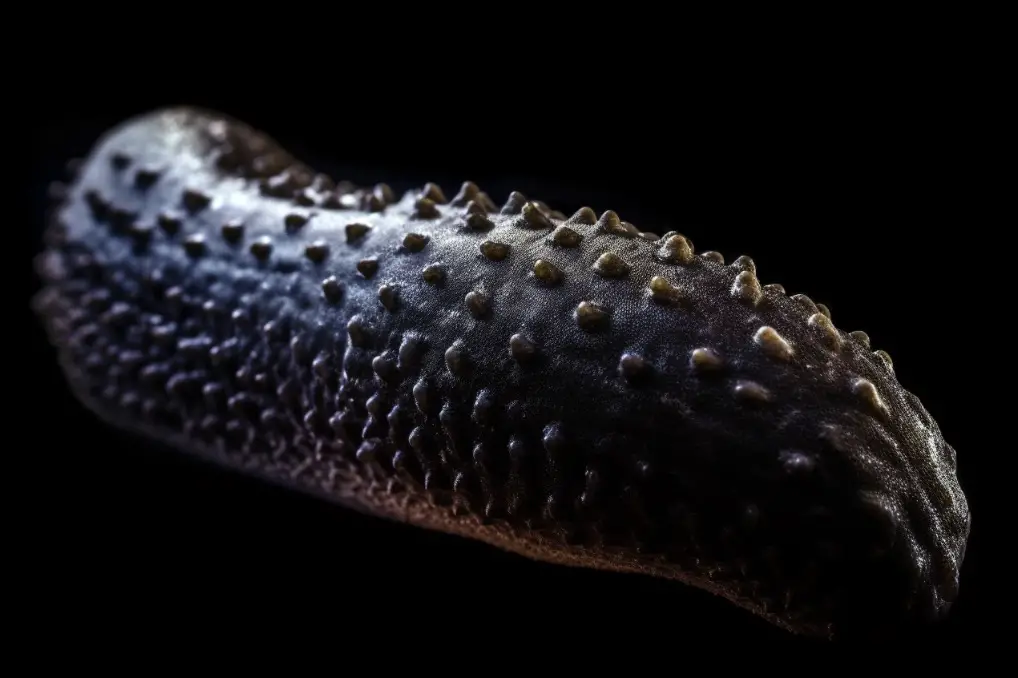Is a sea cucumber a decomposer?
The simple answer is yes, sea cucumbers are decomposers.
They play a significant role in maintaining the health and balance of ocean ecosystems by breaking down organic matter and recycling nutrients. In this blog post, we will dive deep into the world of sea cucumbers, discussing their biology, ecology, and importance as decomposers in the marine environment.
Contents
What is a Sea Cucumber?
The Basics of Sea Cucumbers
Sea cucumbers, belonging to the class Holothuroidea, are marine invertebrates found on the ocean floor. They are relatives of sea stars and sea urchins, and are part of the phylum Echinodermata. There are approximately 1,700 species of sea cucumbers, ranging in size from just a few centimeters to over two meters in length.

Sea cucumbers have elongated, cylindrical bodies with a leathery skin. They have a unique respiratory system, where they breathe through their anus, using a structure called the respiratory tree. Their mouth is surrounded by tentacles, which help them gather food from the seafloor.
Reproduction and Life Cycle
Sea cucumbers reproduce both sexually and asexually. Sexual reproduction involves the release of eggs and sperm into the water column, where fertilization occurs. The resulting larvae then undergo metamorphosis before settling on the ocean floor as juveniles.
Asexual reproduction occurs through a process called transverse fission, where the sea cucumber splits into two parts, with each part regenerating the missing half. This ability to regenerate lost body parts is one of the most fascinating aspects of sea cucumbers, and has made them a subject of interest for medical research.
Sea Cucumbers as Decomposers
Feeding Habits
The primary food source for sea cucumbers is detritus – the dead and decaying plant and animal matter that settles on the ocean floor. They use their tentacles to gather detritus and pass it into their mouth, where it is broken down into smaller particles by digestive enzymes.

The Role of Sea Cucumbers in Nutrient Cycling
As decomposers, sea cucumbers play a crucial role in the nutrient cycling of marine ecosystems. By breaking down organic matter, they release essential nutrients, such as nitrogen and phosphorus, back into the environment. These nutrients are then taken up by primary producers, such as algae and phytoplankton, which form the base of the marine food web.
Sea cucumbers also help to maintain the balance of the seafloor by bioturbating, or stirring up, the sediment. This process helps to oxygenate the sediment, promoting the growth of aerobic bacteria and other organisms that contribute to decomposition.
The Ecological Importance of Sea Cucumbers
Habitat Creation
By burrowing into the sediment, sea cucumbers create microhabitats for other organisms, such as worms, crustaceans, and mollusks. These microhabitats provide shelter and protection for these smaller organisms, which in turn, contribute to the overall biodiversity and health of the marine ecosystem.
Ecosystem Engineers
As ecosystem engineers, sea cucumbers help to shape their environment by modifying the physical structure of the seafloor. Their bioturbation activities can influence sediment composition, nutrient availability, and the distribution of other organisms within the ecosystem.
Threats to Sea Cucumbers
Overharvesting
The demand for sea cucumbers, particularly in Asian markets, has led to overharvesting in many parts of the world. They are considered a delicacy and are believed to have medicinal properties. This has resulted in a decline in sea cucumber populations, which can have negative consequences for the health of marine ecosystems.
Climate Change
Climate change poses a significant threat to sea cucumbers, as they are sensitive to changes in temperature, ocean acidification, and oxygen levels. These changes can impact their reproduction, growth, and survival, leading to potential declines in their populations.
Conservation Efforts
Sustainable Harvesting
To help protect sea cucumber populations, sustainable harvesting practices have been implemented in certain regions. These practices involve setting quotas, size limits, and seasonal closures to ensure that sea cucumbers are harvested responsibly and given time to recover.
Marine Protected Areas
The establishment of marine protected areas (MPAs) can also benefit sea cucumbers by providing a safe haven where they can thrive without the pressures of human activities. MPAs can help to maintain healthy sea cucumber populations, which in turn, contribute to the overall health and resilience of marine ecosystems.
Conclusion
In conclusion, sea cucumbers are indeed decomposers, playing a vital role in maintaining the health and balance of marine ecosystems. Here are ten key facts about sea cucumbers:
1. Sea cucumbers are marine invertebrates that belong to the class Holothuroidea.
2. There are approximately 1,700 species of sea cucumbers found worldwide.
3. They have a unique respiratory system and breathe through their anus.
4. Sea cucumbers reproduce both sexually and asexually.
5. Their primary food source is detritus, which they break down into smaller particles.
6. As decomposers, they play a crucial role in nutrient cycling in marine ecosystems.
7. They are considered ecosystem engineers, modifying the physical structure of the seafloor.
8. Sea cucumbers are threatened by overharvesting and climate change.
9. Sustainable harvesting practices and marine protected areas can help protect sea cucumber populations.
10. Sea cucumbers are essential for maintaining the health and balance of ocean ecosystems, making their conservation a priority.
FAQs
What are decomposers in the ocean and what do they do?
Decomposers in the ocean are organisms that break down dead organic matter into simpler compounds, such as bacteria, fungi, and certain types of marine worms. They play a crucial role in nutrient cycling and the maintenance of a healthy ocean ecosystem by releasing essential nutrients back into the water.
Is shrimp a decomposer of the ocean?
No, shrimp are not decomposers of the ocean. They are consumers, feeding on other organisms such as plankton and detritus.
Where are decomposers found in aquatic ecosystem?
Decomposers are found in all parts of the aquatic ecosystem, including the water column, sediments, and on the surface of plants and other organic matter.
What are the list of decomposers in the food chain?
Decomposers in the food chain include bacteria, fungi, and insects such as maggots and earthworms.
What are the decomposers in the aquatic food chain?
The decomposers in the aquatic food chain are primarily bacteria and fungi, which break down and recycle organic matter from dead plants and animals.
What are the decomposers in the sea?
The decomposers in the sea include bacteria, fungi, and some types of marine worms and crustaceans.




